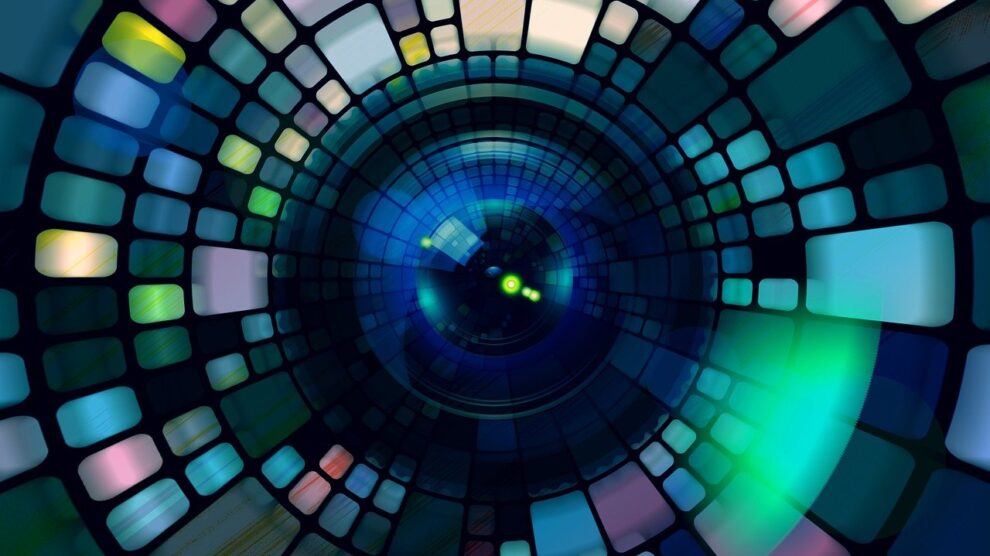Isn’t it ironic? Having a camera in places you call private- your room, bathroom, personal office, dressing rooms. As a society, we’ve evolved to become pretty accustomed to being watched. The CCTV camera across the street, and the digital surveillance of phone and email records- being watched is now an irrefutable fact. One we have grown to live with.
However, how do you cope with the thought that your private space is being watched? How do you cope with the feeling that your Airbnb host has a camera stuck up in the smoke detector? Or in your Night light? Such thoughts can be pretty disturbing.
Do you have a reason to be suspicious about a camera being in your immediate environment? You can discover the truth- not with some specialized tools or some crazy technical know-how – but with your phone.
Ready to discover some hidden cameras? Follow me on this ride.
Smartphones can be used…
And yeah, your phone need not be some high-tech one. Irrespective of what your phone is- android or iPhone- you can use it to find hidden cameras. This may sound like some theory extracted from a James Bond movie, but trust me, it’s so easy to do so.
Scrutiny via Apps
The first method involves the use of electromagnetic field detection apps. Basically, through the installation of a single app, you get to check out how strong the electromagnetic field of your surround is. And, if an abnormal field is detected, you can be sure a camera was hidden somewhere in the room.
How do These Apps Work?
Irrespective of whether you are an iPhone or an Android freak, there are apps specific to both stores. The ‘Glint Finer’ works well for Android, as does its iPhone counterpart- ‘Hidden Camera detector’, although the latter has a $4.99 fee.
Both basically work the same way, displaying the final result which is the proximity to the hidden camera – giving you an overall view of the location of your spy bug.
In as much as this is a good method of detecting hidden cameras, do not forget that there are other options, including the use of thermal cameras. Find out more about thermal cameras here: thermalcameras.guide.
Talking about alternatives, what if I told you that you could detect that spy camera with your phone camera? That sounds like a pun, but, it’s totally true.
Detecting a Hidden Camera Using your Phone Camera
This option is also available and reliable. Here are the steps:
- Open your camera app. On an iPhone, it is located at the top-right corner of your homepage. On an android, it exists in different locations. If you can’t locate your camera, search for it in your app drawer.
- Once that is done, flip your camera from the back-camera to the front-camera. However, if the camera is showing your face already, you should skip this step. Why do you need to use the front camera? Most back-lenses come with an infrared filter feature. Since you will be testing for the radiation emitted by the hidden camera- which most likely falls in the infrared spectrum- you need to make use of the front camera in order to capture the infrared light emitted.
- If you are not sure if the front camera of your smartphone captures infrared light, test it using a remote control. Press any button while pointing the camera at the phone. You should see red light on your phone.
- Turn off the lights in the room. If you have any other alternative sources of light, including night lamps- switch them off. Remember to also close the curtains – in a bid to keep the environment as dark as possible.
- With your front-camera facing you as though you were about to take a selfie, rotate around a spot- fixing your eye on your front camera. If you detect red light, your spy camera might be taking a nap there.
What are Some Basic Things to Know When Looking for a Hidden Camera?
First off, hidden cameras can be very small. This is why you have to be extra-vigilant when searching with your phone. Also, look in the following places:
- Smoke detectors
- Electrical outlets
- Irregularly placed laptops and desktops
- Shelves
- Stuffed animals
- Table plants
- Power strips
Again, watch out for oddly placed mirrors, and decorations. They could just be a covering for a hidden camera.
Conclusion
As tasking as these steps may seem, they are extremely easy to put into practice.





